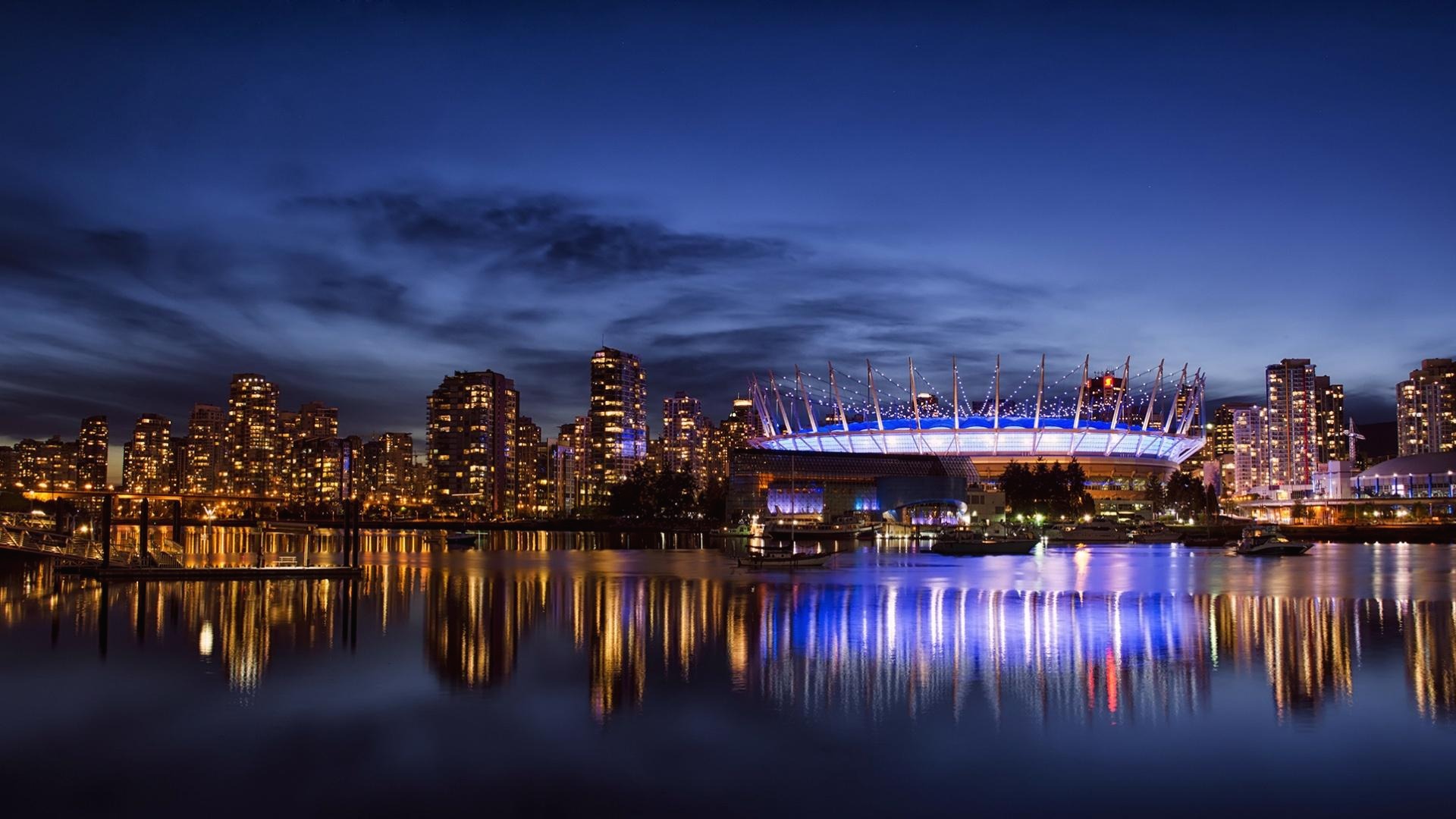Green light for hydrogen production in Stuttgart – four electrolysers, each with a capacity of up to 10 MW
Green light for hydrogen production in Stuttgart – four electrolysers, each with a capacity of up to 10 MW.
The public utility company Stadtwerke Stuttgart is pressing ahead with its plans for hydrogen production at Stuttgart harbour. The supervisory board has given the green light for the ‘Green Hydrogen Hub Stuttgart’ (GH2S) project, the municipal utility announced. The plan is to build four electrolysers, each with a capacity of up to 10 MW, which will produce up to 1,000 tonnes of hydrogen per year in future. Construction is scheduled to start at the beginning of 2025, with commissioning scheduled for the end of 2026.
H2 pipeline between Stuttgart and Esslingen
The municipal utilities have bus and heavy goods transport in particular in mind as customers for the hydrogen. A hydrogen refuelling station is therefore also to be built in the vicinity of the production plant. At the same time, the project will also be connected to the planned ‘H2 GeNeSis’ pipeline. The joint project of a regional consortium aims to develop an H2 model region in the Stuttgart area. At the centre of the project is a pipeline that will connect the cities of Esslingen and Stuttgart and supply customers along the route with the green energy source. The municipal utilities from Stuttgart and Esslingen are part of the Genesis project consortium.
Stadtwerke Stuttgart emphasised that the electrolysers on the banks of the Neckar will only use green electricity in future. In addition, the hydrogen generators will primarily be used in phases of excess supply of renewable energies. This will be done on the basis of AI control and is also supposed to help to relieve the local power grids.
READ the latest news shaping the hydrogen market at Hydrogen Central
Green light for hydrogen production in Stuttgart – four electrolysers, each with a capacity of up to 10 MW. source
Green light for hydrogen production in Stuttgart
Stuttgart - Stadtwerke Stuttgart is pushing ahead with its plans for hydrogen production at Stuttgart harbour. The utility's supervisory board has now given the green light for the 'Green Hydrogen Hub Stuttgart' (GH2S) project. The planned electrolysers ar
www.energate-messenger.com



